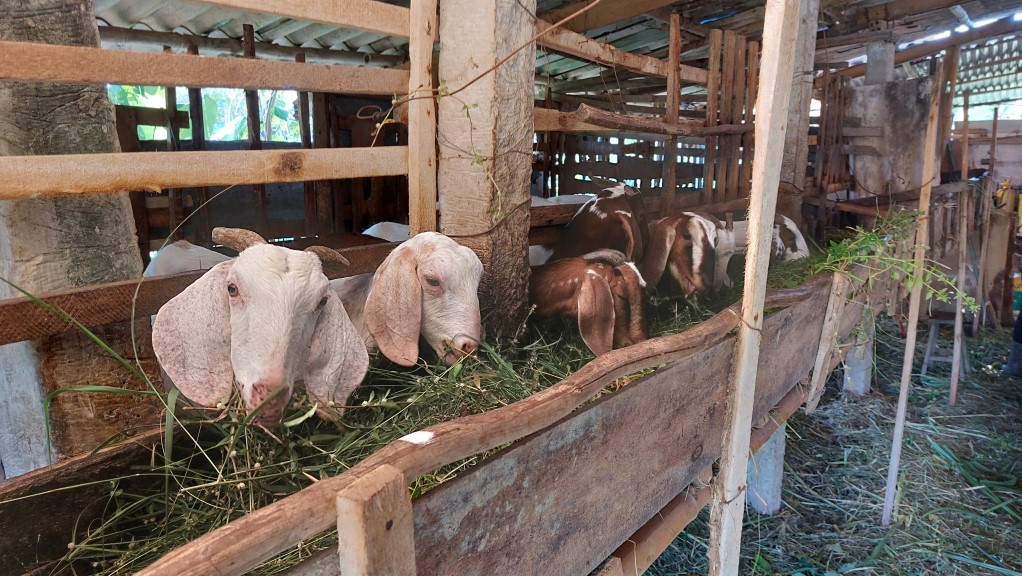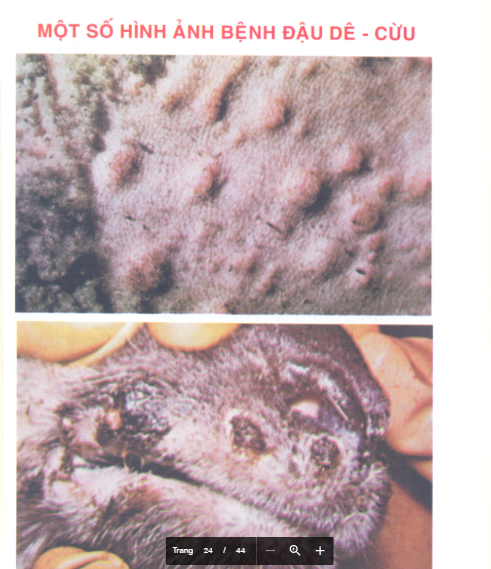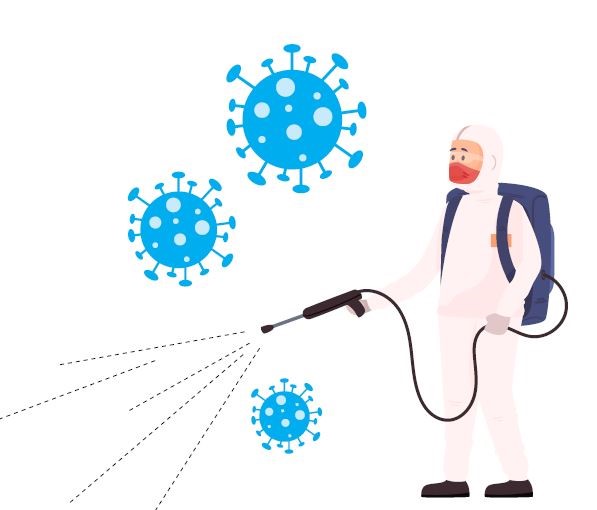Goat pox is a contagious viral disease, often mistaken for other illnesses such as contagious ecthyma or foot-and-mouth disease. Recognizing goat pox and understanding how to prevent and treat it effectively is essential.
The goat farming model is no longer too strange to many farmers because goat farming techniques are not too difficult but bring high economic benefits. To increase income, farmers pay more attention to learning more about diseases that goats often encounter, including Goat Pox – a common infectious disease for both goats and sheep, the disease spreads quickly with pox appearing in many places on the skin and mucous membranes of the mouth and nose. With a high level of danger to the health of goats and the economy of farmers, you need to recognize Goat Pox and how to prevent and treat the disease effectively.
1. What is Goat pox?
 Goat farming model image
Goat farming model image
Goat pox is caused by a virus. The goat pox virus can survive for many months in the environment, and is highly resistant to common chemicals.
The main route of transmission of the disease is through direct contact between susceptible animals and sick ones or indirectly through vehicles or objects contaminated with the virus. For susceptible herds, the mortality rate is high.
2. Symptoms of goat pox
The disease usually occurs in spring and summer when the weather is hot and humid, the incubation period in goats and sheep is 5-7 days, but can also be up to 21 days.
Symptoms: high fever of 40-42°C, lasting 3-5 days, rapid breathing, swollen eyelids, watery eyes and nasal discharge, poor appetite, lying in one place, standing with a hunched back. About 2 days later, on the skin of the face, around the mouth, or areas with little hair such as the groin, scrotum, underside of the tail, breasts and vulva, small pimples like beans, corn kernels appear, initially small, then white, bursting, ulcerating, oozing fluid, forming a dark brown scab (pox scab), the scabs fall off leaving red scars. Pox pimples grow rapidly on other patches of skin. This process will be easily observed in areas of hair loss, oral mucosa, nasal mucosa.
 Images of pox on goats and sheep
Images of pox on goats and sheep
Common complications include: Pox growing in the conjunctiva of the eye when bursting can cause blindness in goats and sheep; pox growing in the mucous membranes of the mouth, nose and trachea will cause pseudomembranitis and can make goats and sheep have difficulty breathing, respiratory failure; pox growing around the nipples will cause ulcers around the nipples.
When infected by other bacteria, the pustules and ulcers will become wounds that take a long time to heal. If the goat recovers, it will have a long-term and stable immunity to the pox virus.
It is necessary to differentiate goat pox from the following diseases: Infectious stomatitis (also known as mouth sores), blue tongue, fungal dermatitis, sheep scab, and scabies.
3. Goat pox lesions
There are pox lesions on the skin and in the nasal mucosa, mouth around the eyes and teats of female goats.
When performing a necropsy, in addition to skin lesions, similar pox lesions will also be found on the mucosa of the larynx, trachea, esophagus, rumen, abomasum, large intestine, vagina, renal cortex, liver and testicles. Lung lesions are often small, light gray pox lesions that spread and are also one of the main causes of death from respiratory failure in goats. In addition, people also see sepsis due to a combination of other infectious diseases.
In pregnant goats, miscarriages often occur when they have pox. In some young goats with the disease, there is also: Severe diarrhea, rapid death when the pox virus affects the intestinal mucosa.
4. How to prevent goat pox
To prevent goat pox, the most effective and economical measure is vaccination. Attenuated vaccines have better immune effects than inactivated vaccines. Note, vaccinate goats from 1 month of age and repeat every 6 months.
Always keep the cage dry, clean, warm in winter and cool in summer.
Regularly clean and disinfect the barn with BELUCID or DEXON SUPER when there are animals or DEXIT 400 when there are no animals.
5. How to treat goat pox
Currently there is no specific treatment, so when a goat is found to be sick, measures must be taken to limit the spread and damage.
Step 1: Separate sick goats. If the herd is large, the newly infected goats should be immediately destroyed to limit the spread of infection, and promptly reported to the higher authorities to isolate the epidemic area.
Step 2: Spray disinfectant in the entire barn and grazing area, and limit grazing in small areas for easy control. Disinfectant should be sprayed once every 1-2 days.

Step 3: Vaccinate goat pox for all goats from 1 month old and up
Step 4: Add vitamin C, vitamin Bcomplex to the diet or mix with drinking water to increase resistance. You can refer to the product line CATTLELYTE or ANTISTRESS KC to increase resistance, reduce stress. In addition, supplementing with B – COMPLUS product helps increase absorption, detoxify, and increase appetite for goats
Sick goats and sheep can be treated in the following way:
Local treatment: Apply antiseptic solutions to the chickenpox, you can refer to the product IONDIN @, apply it to the ulcer, making the chickenpox quickly scab, peel off and heal quickly. Note, before spraying, use a clean towel and saline to clean the wound.
Systemic treatment:
– Inject antibiotics to prevent inflammation and secondary infection, inject for 3 to 5 consecutive days. You can refer to one of the following types: BIOGENTA, BIOCILLIN 150 LA, PENSTREP 400
– Support group, support force: BUTASAL 100
– Pain reliever – antipyretic – anti-inflammatory group: KEPROFEN
Through the above useful knowledge about goat pox, livestock farmers have more accurate information on how to recognize the disease and prevent and treat it effectively to reduce damage, prevent and treat epidemics and increase profits.
